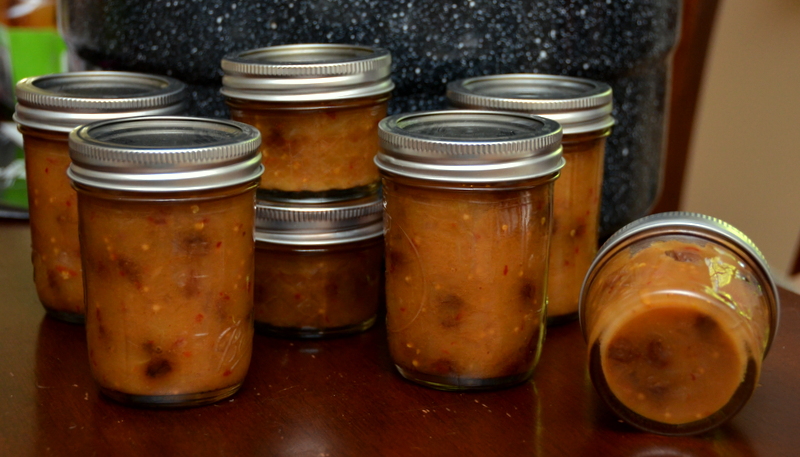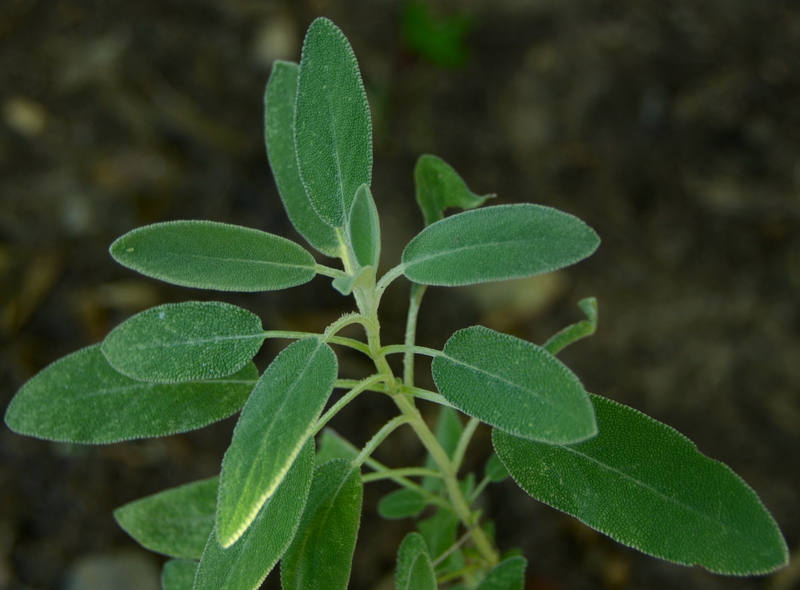It's not all about basil! Ginger Golds, chutney and a canning tip
/While I love well-spiced food, it's worth remembering just how fresh, or not, your dried peppers are before adding them generously to a dish. Yo on my chutney and the ruby specks from a new jar of crushed red pepper flakes that makes it hop. I added a bit more apple and sugar towards the end to cool things down a tad and this will definitely still raise a sharp cheddar and roast chicken sandwich to new heights.

I find -and here's a helpful tip for you new'ish canners out there- that seasoning elements like spice and herbs tend to mellow as your jam or chutney cools and ages. So do err on the side of really being able to taste what you've added or you risk having it be a lost flavor later.
This is a great recipe, is posted in my Jams and Chutneys section, and I highly recommend you trying it out. I'll be teaching a canning class in Fairfax in October, and this is the recipe we'll be making, so come one, come all. It's a perfectly seasonal recipe too in the sense that it utilizes the wonderful-for-cooking Ginger Gold apple which is coming into season as I type (I bought a half-peck a couple days back and put most to use in this batch of chutney). Lest you worry that the Ginger Gold is the same apple as the horribly underwhelming, mealy and sad Golden Delicious, NO! The yellow delicious is one of the parents of the GG but it was partnered with the Albemarle Pippin which adds crunch and kick and a nice shade of green to the peel.
Last night, I had a slight revelation via pizza. Sage is great in addition to or alongside basil. Sage is fabulous in general, an under-utilized, under-appreciated herb, in my opinion. You'll see I have two different sage pesto recipes in Dressings and Sauces, just yesterday I made another batch of my Blackberry and Peach Crisp with Sage-Brown Butter Topping, I love the blackberry-sage jam I concocted last month, and the fried sage leaf/sage oil drizzle atop my Pappa al Pomodoro is the cat's meow.
Sage, known as salvia in Italian, was first described by Linnaeus in the 1750s. Long considered to have many medicinal qualities, the scientific name for sage is Salvia officinalis with officinalis deriving from "officina, the traditional storeroom of a monastery where herbs and medicines were stored." Sage is a hardy plant that's easy to grow in most spots; it's one of the few things I can cultivate without fail. In fact, it overtook a planter of mine so I transferred the whole plant (bush really) to the ground, and it's thriving.
Its leaves are utterly pleasing in shape, feel and color: kinda of sweetly furry, soft, sizeable and a comforting, beautiful shade of green.


